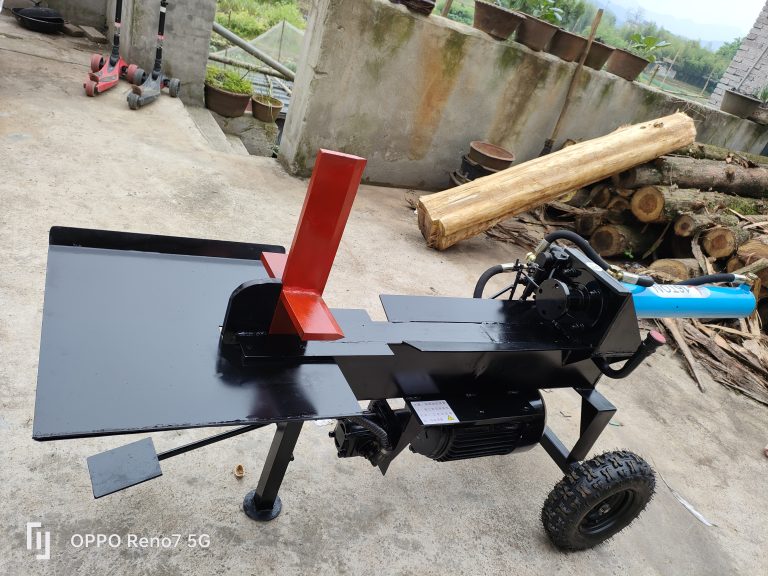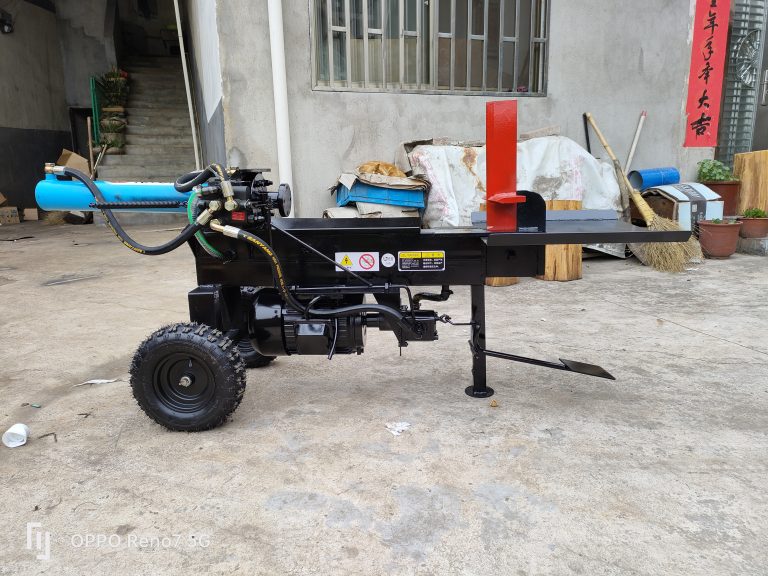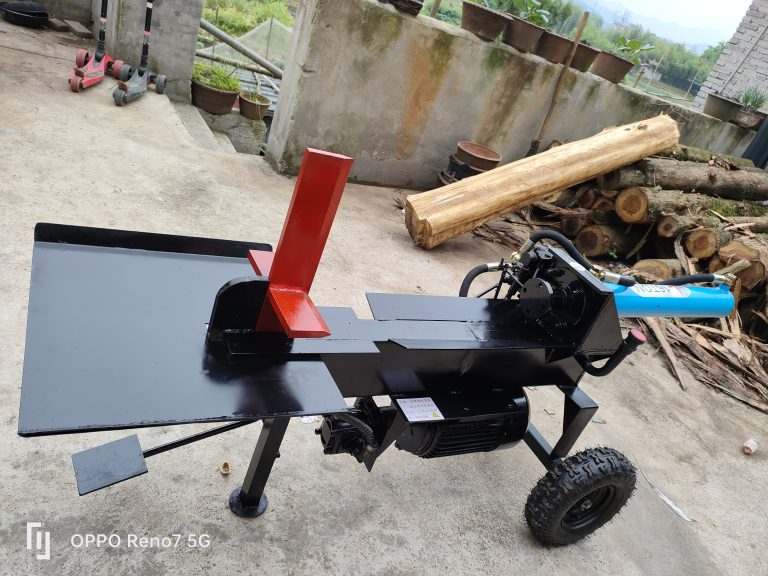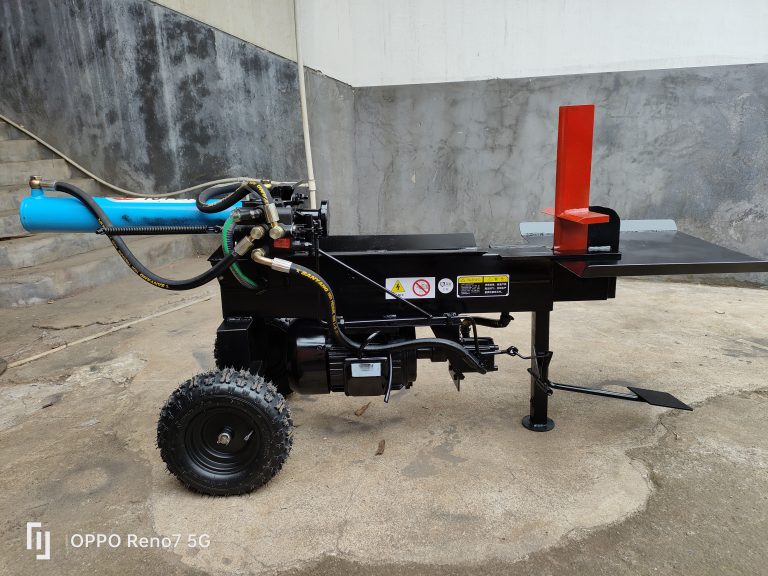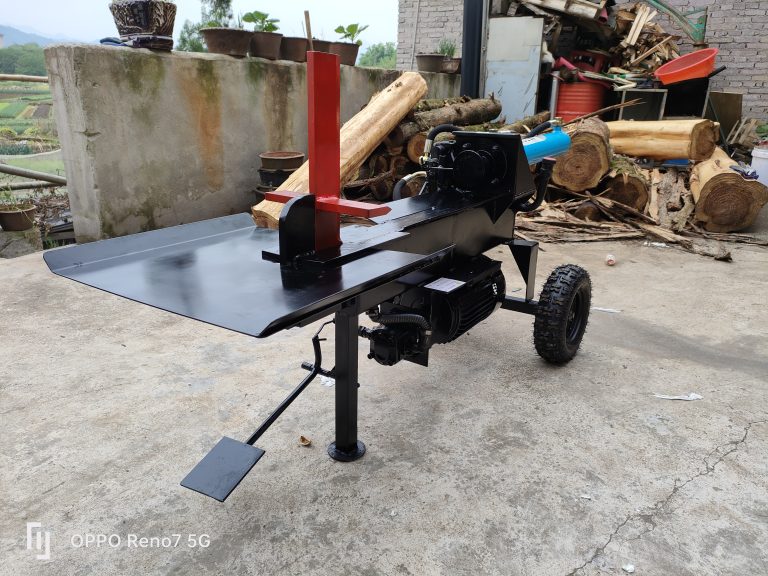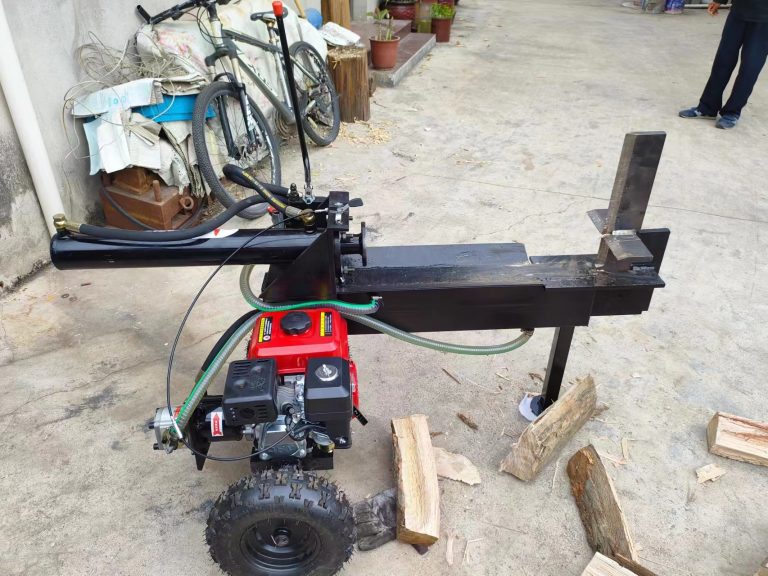Table of Contents
Safety Measures to Consider When Using a Wood Splitting Machine
Wood splitting machines are a valuable tool for anyone who needs to split large quantities of wood quickly and efficiently. However, like any piece of machinery, they come with their own set of potential problems and safety concerns that users need to be aware of. In this article, we will discuss some of the common problems that can arise when using a wood splitting machine and offer some tips on how to avoid them.
One of the most common problems that users encounter when using a wood splitting machine is getting the wood stuck in the machine. This can happen if the wood is too large or too knotty, or if the machine is not properly adjusted. To avoid this issue, it is important to carefully inspect the wood before attempting to split it and make sure that it is the right size and shape for the machine. Additionally, it is important to adjust the machine’s settings according to the type of wood being split to prevent jams and other issues.
Another common problem that users may encounter is the machine becoming clogged with debris. This can happen if the machine is not properly maintained or if the wood being split is dirty or covered in sap. To prevent this issue, it is important to regularly clean and maintain the machine, including clearing out any debris that may have accumulated in the splitting chamber. Additionally, it is a good idea to avoid splitting wood that is excessively dirty or covered in sap, as this can increase the likelihood of clogs occurring.
In addition to these common problems, users may also encounter issues with the machine’s performance, such as uneven splitting or difficulty in adjusting the machine’s settings. To address these issues, it is important to carefully read the machine’s manual and familiarize yourself with its operation. If you are still experiencing problems, it may be helpful to consult with a professional or the manufacturer for assistance.
| Applicable Industries | Farms, Home Use, Retail, Construction works , Forestry and Garden |
| Type | Wood splitter |
| Power Type | Gasoline/Petrol/Diesel/E-power |
| Splitting Force | 2tons/5tons/10tons/16tons/22tons |
| Maximumn trunk length: | 60cm |
| Maximmn trunk Dia: | 35-55cm |
| Max. Output: | 7.5HP/15HP |
In conclusion, wood splitting machines are valuable tools for anyone who needs to split large quantities of wood quickly and efficiently. However, they come with their own set of potential problems and safety concerns that users need to be aware of. By following the tips outlined in this article and taking appropriate safety precautions, users can minimize the risk of encountering problems when using a wood splitting machine.
Maintenance Tips to Prevent Common Issues with Wood Splitting Machines
Wood splitting machines are a valuable tool for anyone who needs to split large quantities of wood quickly and efficiently. However, like any piece of machinery, they can experience problems if not properly maintained. In this article, we will discuss some of the common issues that can arise with wood splitting machines and provide tips on how to prevent them.
One of the most common problems with wood splitting machines is dull blades. Over time, the blades on a wood splitter can become dull from repeated use. This can result in the machine struggling to split wood effectively, or even becoming jammed. To prevent this issue, it is important to regularly sharpen the blades on your wood splitter. This can be done using a sharpening stone or a grinder, depending on the type of blades your machine has.
Another common problem with wood splitting machines is hydraulic fluid leaks. Hydraulic fluid is essential for the proper functioning of a wood splitter, as it is used to power the hydraulic system that drives the splitting mechanism. If you notice a leak in the hydraulic system, it is important to address it immediately to prevent damage to the machine. Check the hydraulic lines and connections regularly for signs of wear or damage, and replace any faulty components as needed.
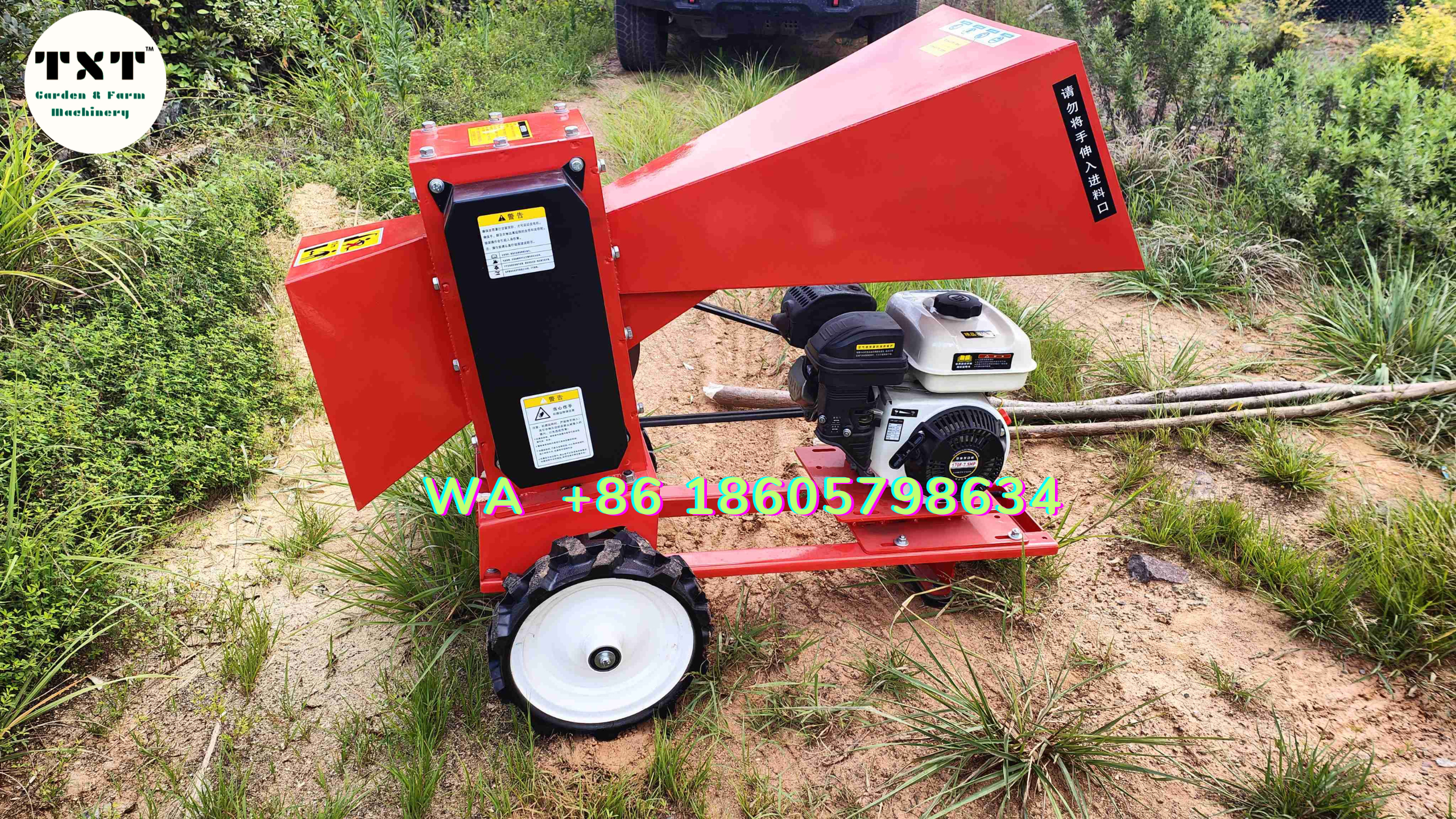
In addition to blade dullness and hydraulic fluid leaks, another common issue with wood splitting machines is engine problems. If the engine on your wood splitter is not running smoothly, it can affect the machine’s performance and efficiency. To prevent engine issues, it is important to regularly check and change the oil, air filter, and spark plugs on your wood splitter. This will help ensure that the engine is running smoothly and efficiently, and will prolong the life of the machine.
| Applicable Industries | Farms |
| Type | Wood splitter |
| Power Type | Gasoline |
| Splitting Force | 2tons |
| Maximumn trunk length: | 60cm |
| Maximmn trunk Dia: | 35-55cm |
| Max. Output: | 7.5HP/15HP |
One final common problem with wood splitting machines is improper maintenance. Many people neglect to properly care for their wood splitter, which can lead to a variety of issues over time. To prevent this, it is important to follow the manufacturer’s guidelines for maintenance and care of your machine. This may include regular cleaning, lubrication, and inspection of all components. By taking the time to properly maintain your wood splitter, you can prevent many common issues from arising and ensure that your machine continues to work effectively for years to come.
In conclusion, wood splitting machines are a valuable tool for anyone who needs to split large quantities of wood. However, like any piece of machinery, they can experience problems if not properly maintained. By following the tips outlined in this article, you can prevent common issues with your wood splitter and ensure that it continues to work effectively for years to come. Remember to regularly sharpen the blades, check for hydraulic fluid leaks, address engine problems, and properly maintain your machine to keep it running smoothly.

